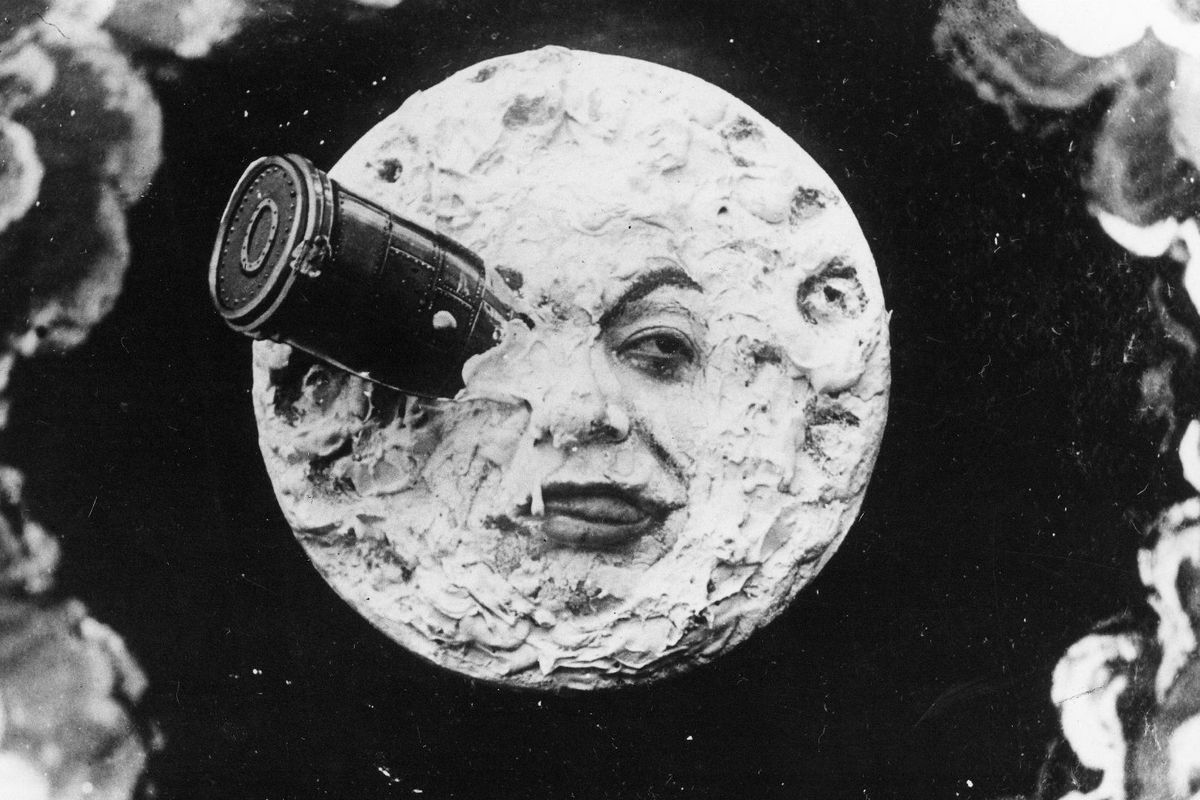That Video of the Moon in the North Pole, Explained
Fun fact: the moon is also actually made of cheese

One of the great things about social media is that you can use it for armchair traveling. Want to go to Europe, but don’t have the money? Just follow a bunch of accounts that will allow you to do some virtual sightseeing! Never seen the aurora borealis? There are plenty of videos that will scratch that itch. Want to see how different the moon looks in the North Pole? Twitter’s got you covered!
Whoa, how cool! I didn’t know the moon took up half the sky, moved at warp speed, and eclipsed the sun every single day at the North Pole! Come to think of it, I didn’t even know there was land at the North Pole. Not only does social media let you visit distant locales, but it also teaches you some science!
But wait … oh. Turns out the whole video is fake.
Aww, man. Snopes ruins everything!
But yes, in case you were wondering, the video is indeed fake. The moon doesn’t appear that big or move that fast anywhere on earth, not even where Santa Claus lives. If the moon eclipsed the sun every day, then the phenomenon would be visible from other parts of Earth, too (and we’d have a wildly different pattern of moon phases than the 28-day cycle we have now!). And finally, there’s no grassland at the North Pole. It’s all ocean, covered with ice. Reuters helpfully points out some of the science behind why the clip isn’t physically possible:
According to Live Science, a science news website (here), if the moon were to move closer to Earth, as it appears in the CGI video, the result would be catastrophic.
Firstly, the gravitational pull would increase, creating higher and lower tides and potentially wiping out islands and low-lying coastal areas. The sudden upsurge in gravity would also trigger earthquakes and increased volcanic eruptions.
Good to know! So who’s behind this most devious trickery!?
It’s Actually an NFT
The clip is actually an animation done by Ukrainian artist Aleksey Patrev, who first posted it on this NFT site. That’s right: the clip is actually an NFT called “Supermoon” that’s for sale for about $400 USD. The NFT is described as a “30-second lunar flyby between Russia and Canada,” but it’s not at all clear that Patrev expects people to believe that it’s real. Rather, it seems to just be a description of the scenario he animated. It’s actually the Twitter account @Beachdog15, which first posted the video to Twitter, that seems to be claiming the clip is a real video. And even then, their caption might just be tongue in cheek.
We can, of course, continue to judge NFTs for their environmental impact and general scamminess, but once we look at the clip as a part of Patrev’s animation portfolio instead of a deliberate hoax, it’s actually really cool. The animation on the moon is fantastically detailed, especially since it goes through all its phases in the span of a few seconds, and the camera jerks, which make it look like the viewer is adjusting their focus, lend the clip an added air of realism.
Patrev has done other projects, too, including multiple animations and 3D renderings, many of which can be found on his Instagram page.
Why are Videos Like This so Compelling?
This isn’t the first time an astronomical anomaly like this has made the rounds on social media. Users seem to love videos that seem to depict Saturn or Jupiter crashing into the earth, or the heat death of the universe, or what it would look like to fall into a black hole.
Maybe it’s because we’re really, really tiny little beings who live on a really, really tiny little planet, but we know just enough about the cosmos all around us to have a vague sense of what we’re missing. Despite the bluster of folks like Elon Musk, Mars colonies or interstellar travel are likely never going to happen in any of our lifetimes. The vast majority of us will never leave the earth’s atmosphere. That means that it’s exciting to get a little glimpse of what things are like out there in the final frontier—even if it takes the wildly improbable form of our own moon doing something it would never actually do. It represents a break from our mundane, earthly routine.
(image: Star Film Company)
Have a tip we should know? [email protected]
